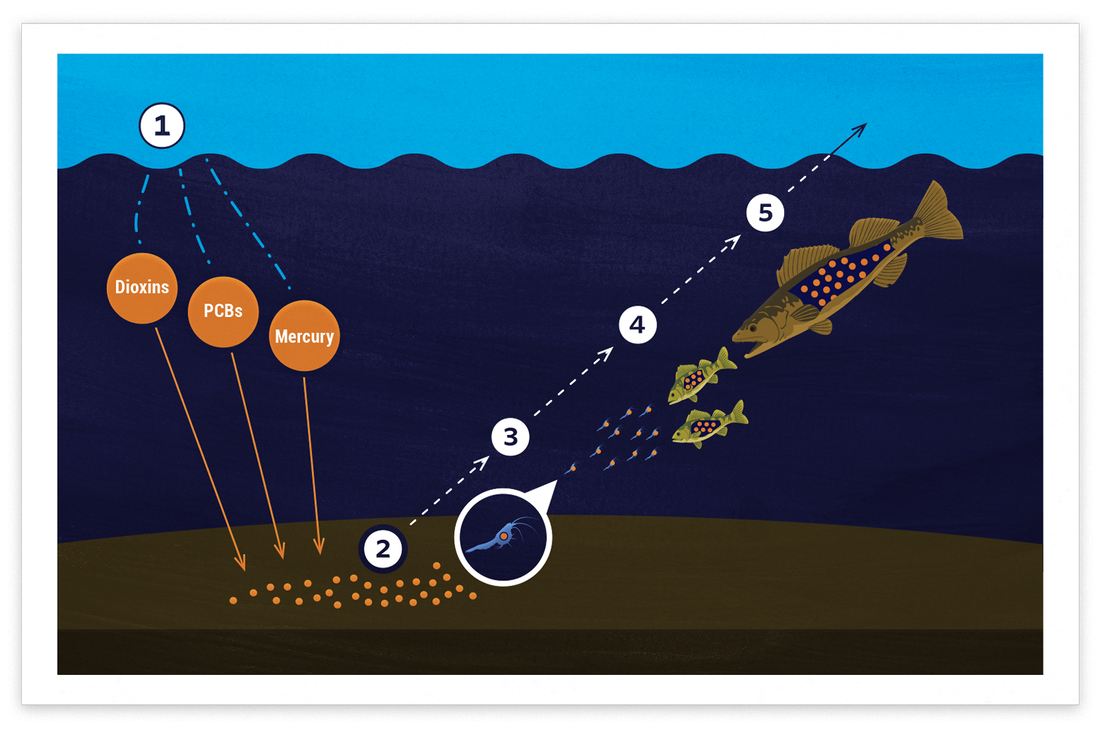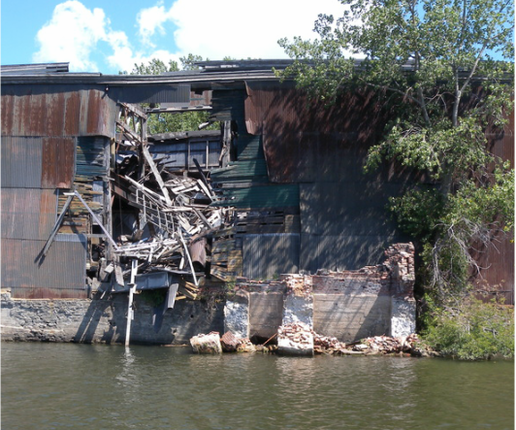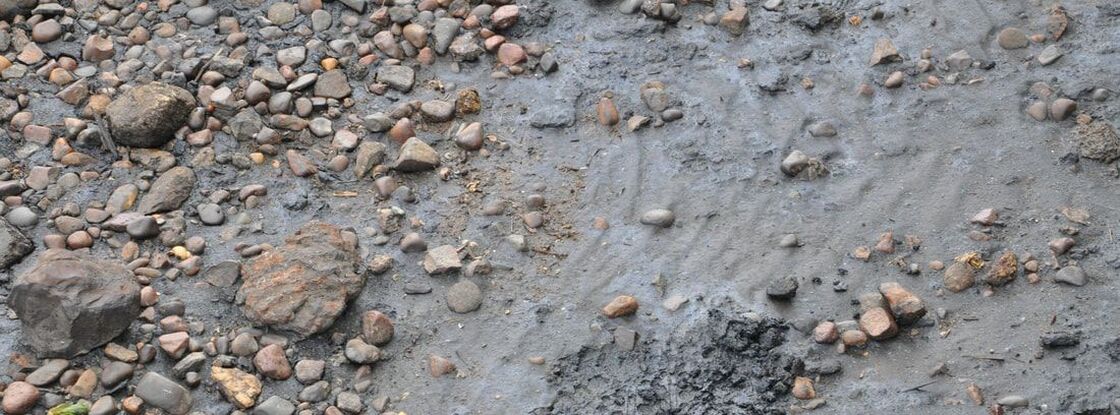|
|
Pollution in the Great LakesBefore modern-day regulations, Great Lakes municipalities and industries discharged heavy metals, toxic chemicals, and more into nearby rivers and harbors. Although discharges have greatly decreased, many of these contaminants still remain in the sediment at the bottom of our lakes and rivers.
Historic pollutants still pose a threat to public health and the environment. They harm wildlife and can leave fish unsafe to eat and the water unsuitable for drinking or swimming. Contamination also prevents communities from performing routine dredging needed to keep waterways open to vessel traffic, resulting in underutilized waterfronts and stunted economic growth. Studying pollutionLocal and state entities work with the U. S. Environmental Protection Agency to identify places that may be contaminated based on historic uses of the site and previous studies of the waterbody.
EPA's boat, the RV Mudpuppy II, takes samples to tell us what kind of contamination is in the sediment, the amount of contamination present, how deep the pollution is, and where that pollution is located. Scientists use many sources of data to understand pollution in the Great Lakes. An example of biological data is the U. S. Geological Survey's research on tree swallows. |
From the water to your dinner plate
Aquatic animals may accidentally consume toxins. The chemicals build up in organ tissues and are passed further up the food chain when those animals become meals themselves. This process is illustrated in the picture below:

There are many ways chemicals end up in lakes and rivers, including wind and rain run-off.
Text and illustration adapted from Michigan Department of Health and Human Services by Illinois-Indiana Sea Grant.
- The chemicals sink to the bottom of the lake or river where they settle in the sediment.
- Small creatures, called macroinvertebrates, eat these chemicals as they dig in the sediment for food.
- The macroinvertebrates are eaten by minnows, by medium-sized fish, and those fish are eaten by large fish - each collecting and storing some of the chemicals in their bodies.
- This is why larger fish, predator fish, and longer-living fish are likely to have more chemicals in their bodies than smaller, younger fish.
Text and illustration adapted from Michigan Department of Health and Human Services by Illinois-Indiana Sea Grant.





